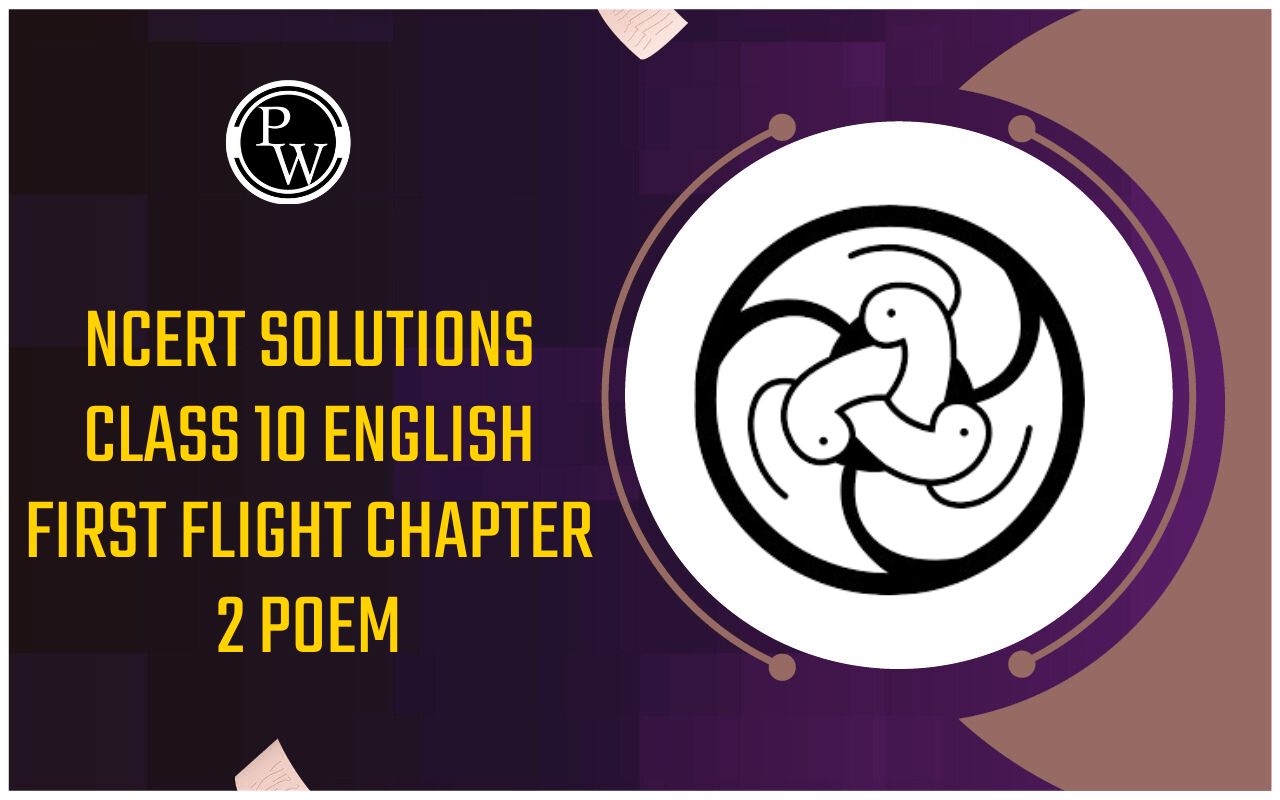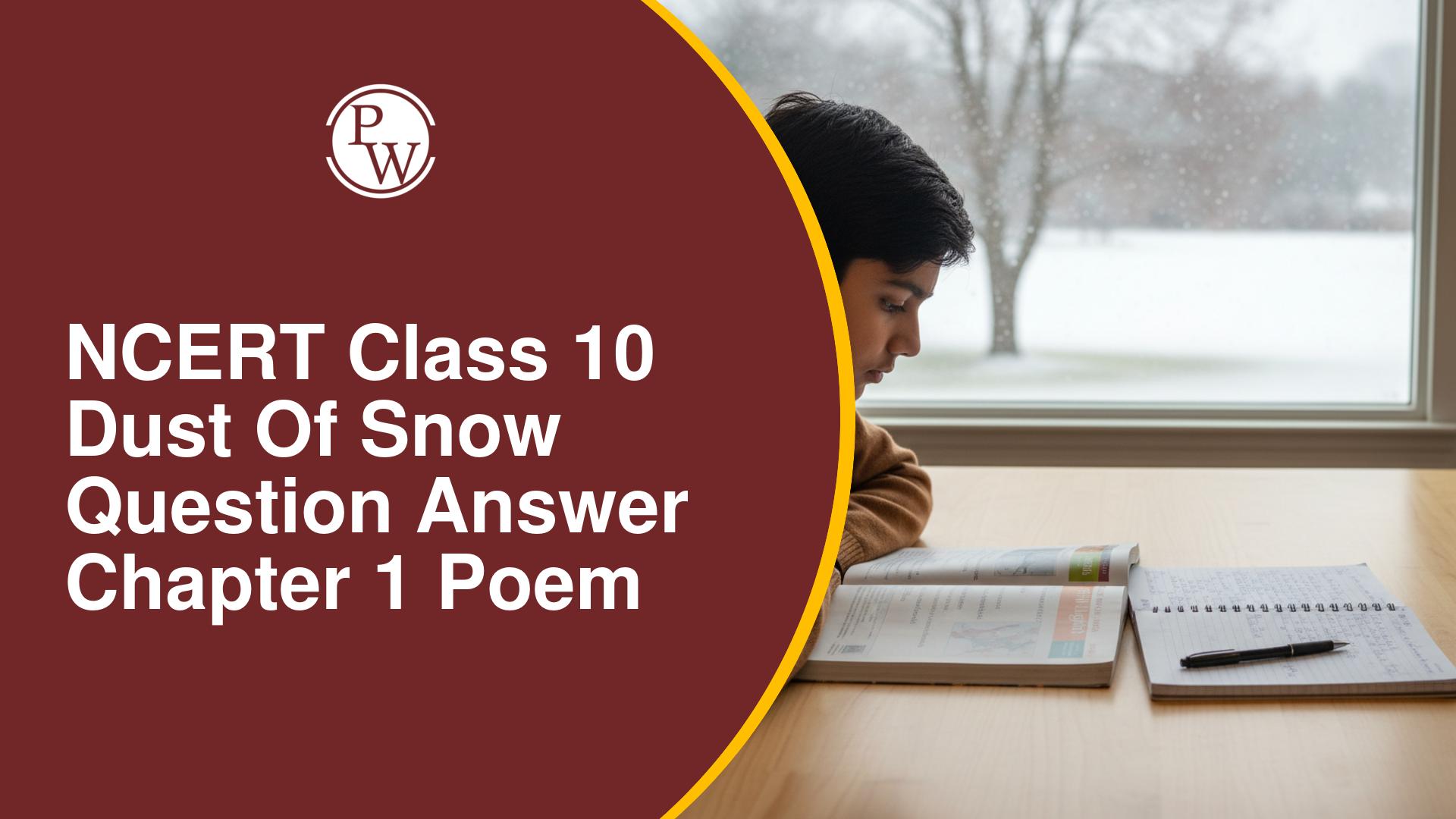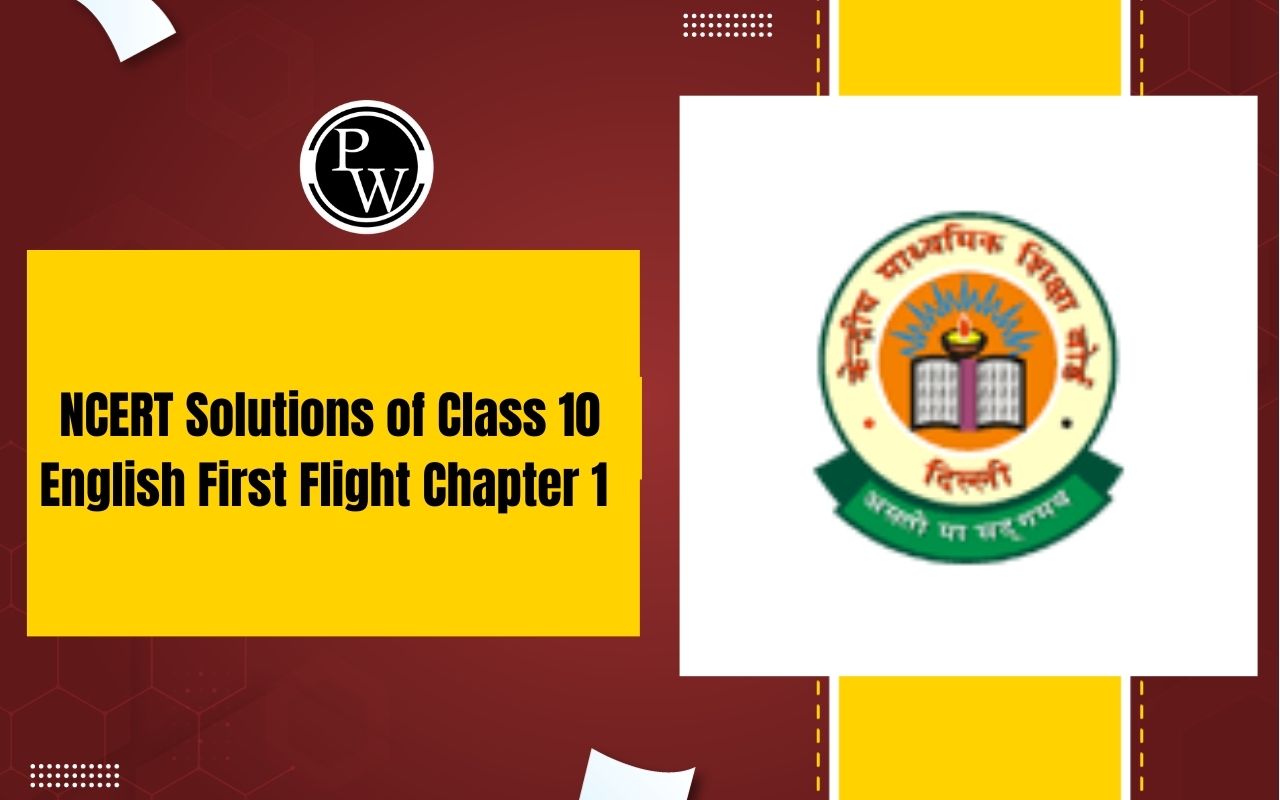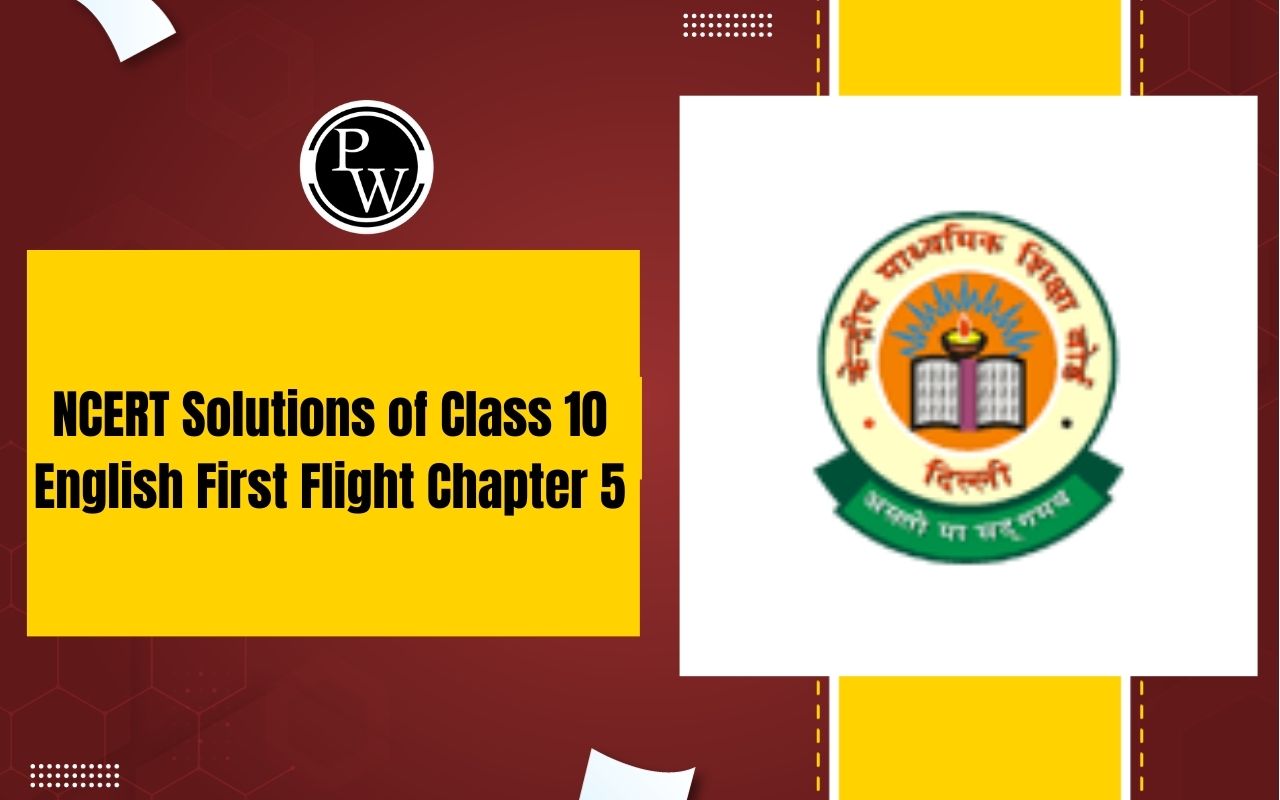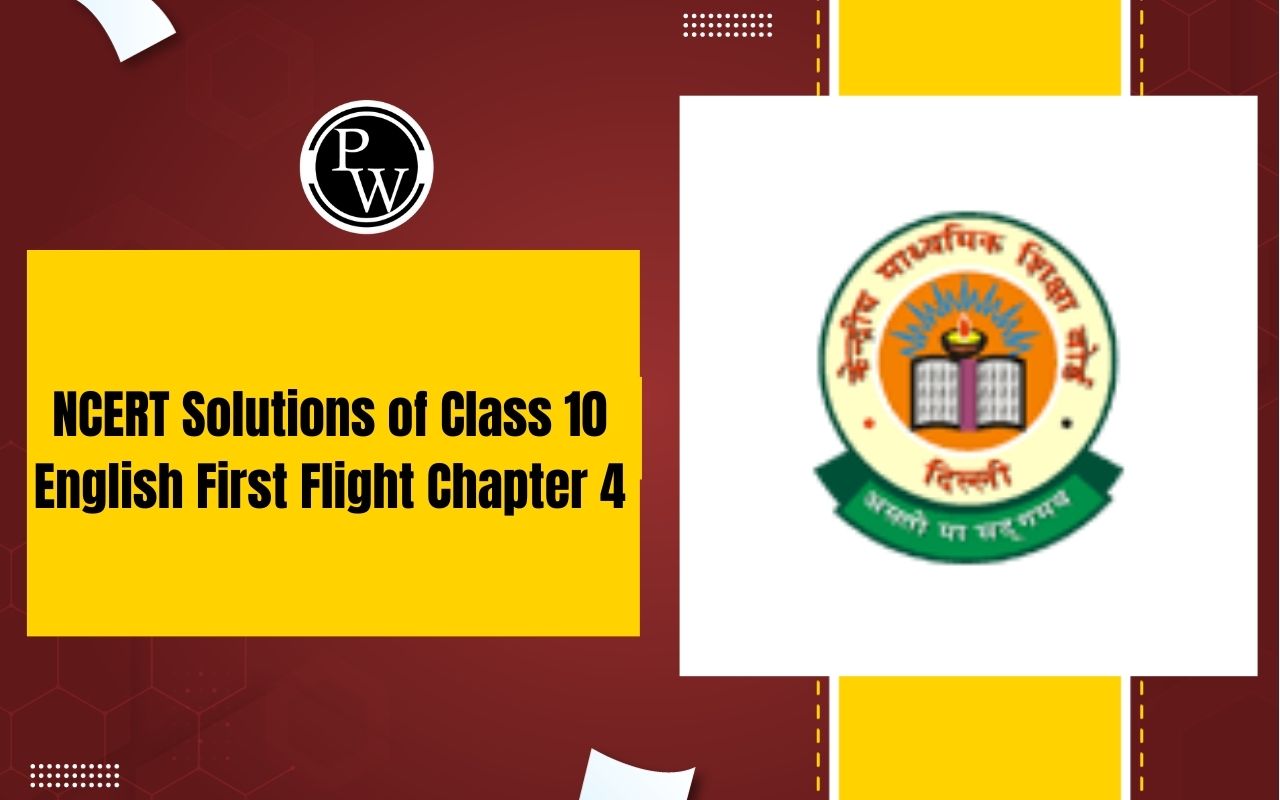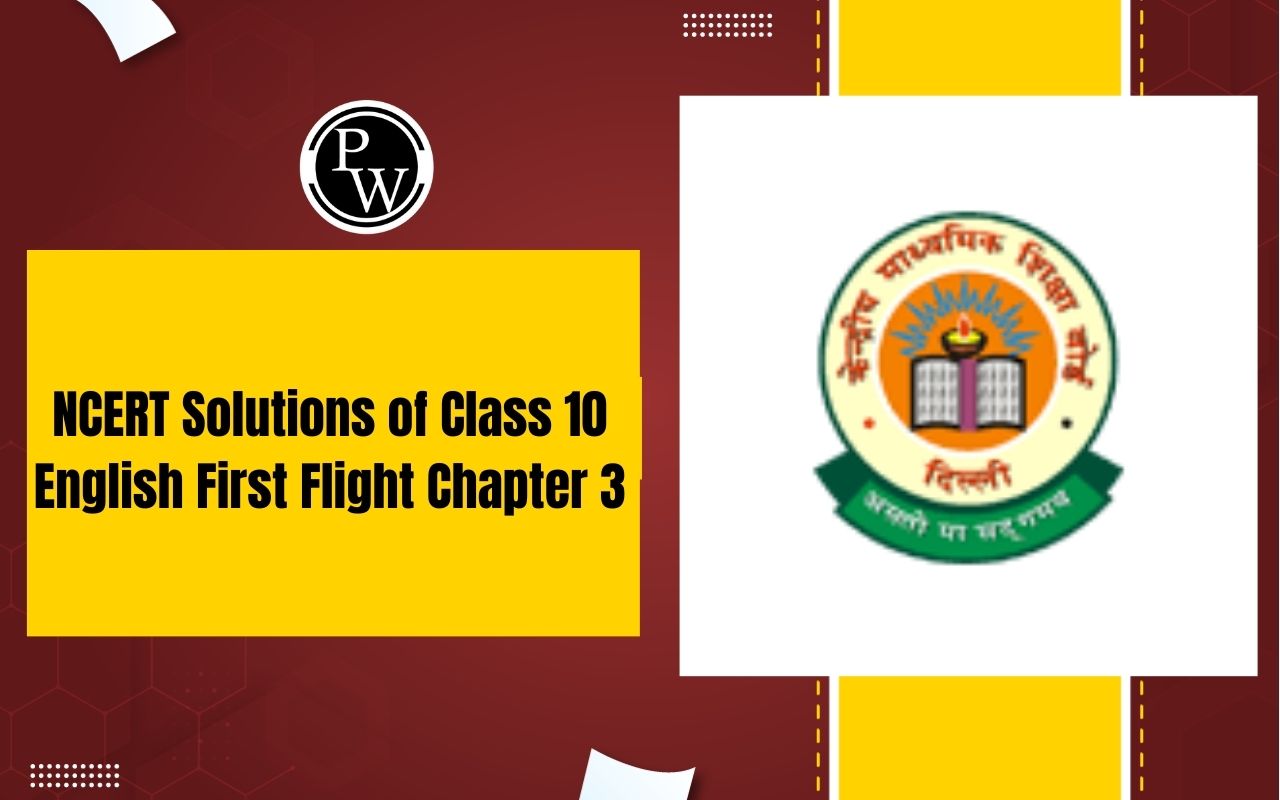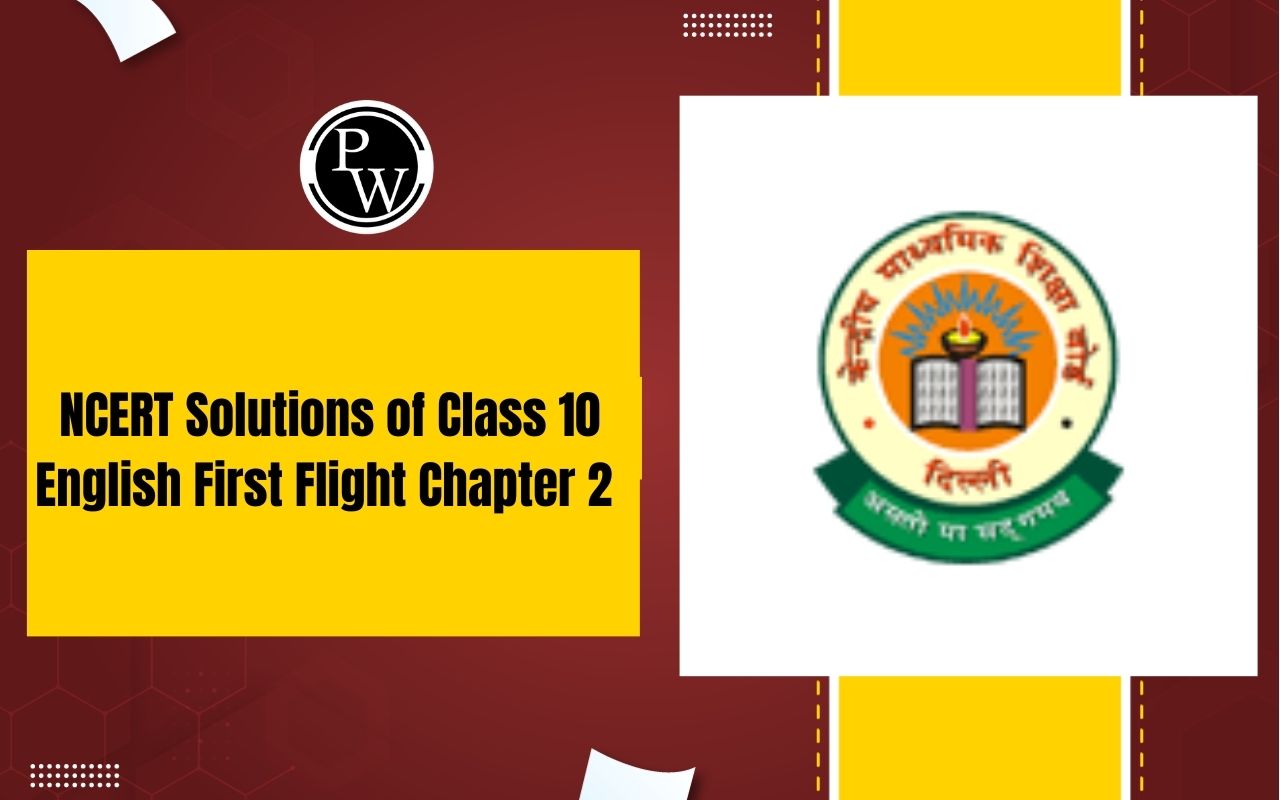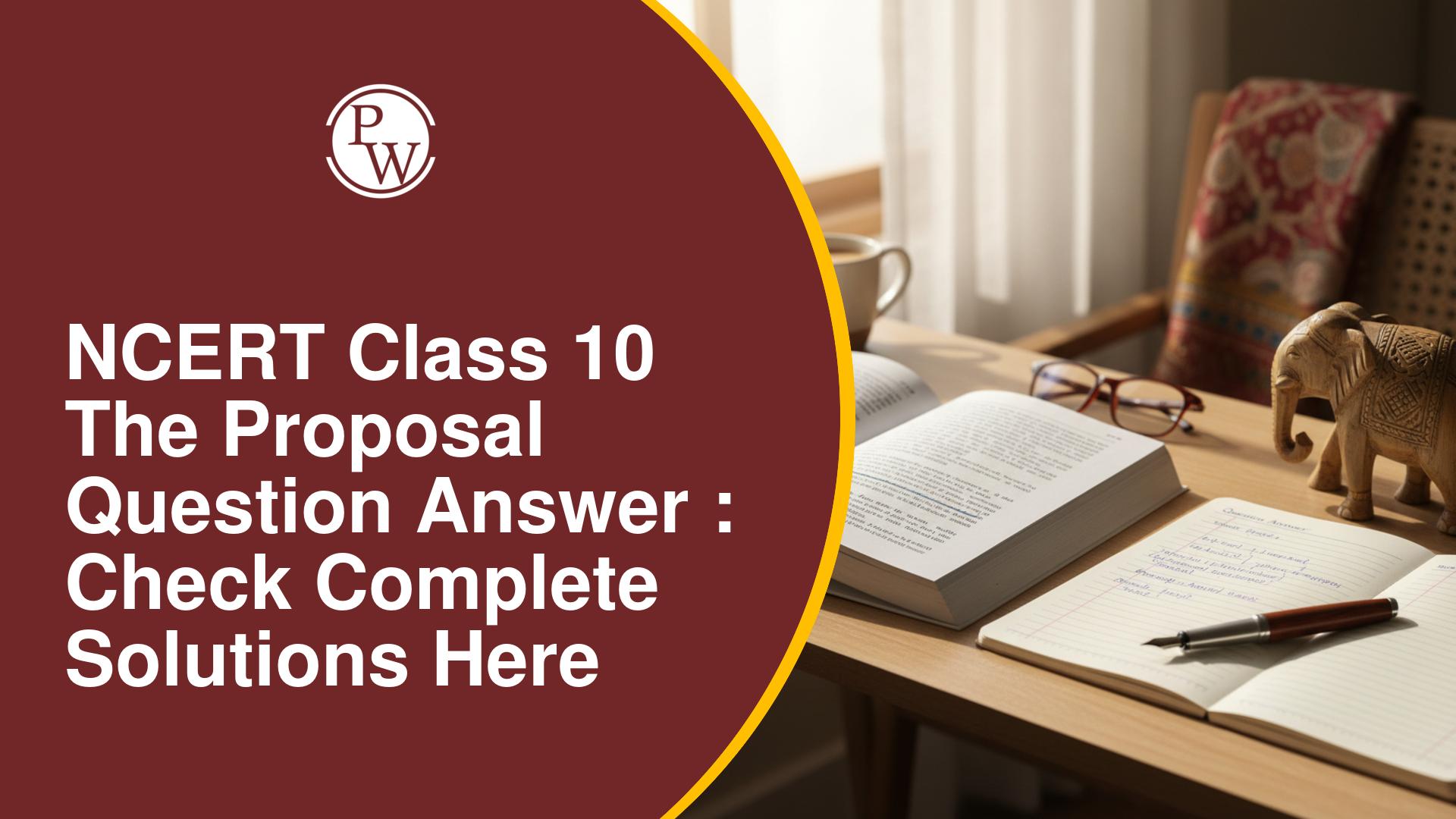
CBSE Class 10 Maths Competency Based Questions 2024: CBSE Class 10 Maths Competency-Based Questions assess students ability to apply mathematical concepts in real-world situations, focusing on practical understanding rather than just theoretical knowledge.
These questions aim to enhance critical thinking, problem-solving, and analytical skills. The competency-based approach includes a variety of question types such as multiple-choice questions (MCQs), case studies, and application-based questions which evaluate a student’s ability to use math in different contexts. By practicing these questions, students not only strengthen their conceptual understanding but also prepare for the evolving nature of assessments in the board exams. This approach highlights the importance of understanding the practical application of mathematical concepts.Tips to Prepare for CBSE Class 10 Mathematics Examination
- Understand the Syllabus : Begin by thoroughly reviewing the CBSE Class 10 Mathematics syllabus. Focus on the topics with higher weightage and prioritize them in your study plan.
- Regular Practice : Mathematics requires consistent practice. Solve problems from each chapter regularly to reinforce concepts and improve problem-solving skills.
- Work on Weak Areas : Identify topics where you face difficulties and give extra attention to them. Break complex problems into simpler steps and solve them one at a time.
- Create a Study Timetable : Plan a realistic timetable that allocates sufficient time for each topic, ensuring you cover all areas. Make room for revision and mock tests in your schedule.
- Solve NCERT Textbook Problems : Focus on solving problems from the NCERT textbook as they align with the exam pattern. Write down rough work clearly, as this can help in calculations during the exam.
- Practice Previous Year Question Papers : Solve previous year’s question papers to get familiar with the exam format, and identify commonly asked questions. This will help you improve speed and accuracy.
- Take Mock Tests : Regularly take mock tests to simulate exam conditions. This helps you manage time and improves your confidence for the actual exam.
- Revise Regularly : Set aside time for revision, especially in the final days before the exam. Focus on important formulas, concepts, and techniques for quick recall during the exam.
- Focus on Time Management : During the exam, manage your time efficiently. Attempt questions you are confident about first, and then tackle the more challenging ones.
- Stay Calm and Confident : Keep a positive mindset, avoid last-minute cramming, and ensure adequate rest before the exam. Staying calm will help you perform better under pressure.
Benefits of Solving CBSE Class 10 Maths Competency Based Questions 2024
- Improved Conceptual Understanding : Competency-based questions are created to test a student's understanding of core concepts. Solving these questions helps students gain a deeper understanding of mathematical principles and improves their grasp of topics.
- Development of Problem-Solving Skills : These questions encourage critical thinking and problem-solving, allowing students to apply theoretical knowledge to real-life situations. Regular practice enhances their ability to tackle complex problems.
- Better Analytical Skills : Competency-based questions often require analysis, evaluation, and interpretation. By solving them, students improve their analytical thinking, which is crucial for both exams and future academic pursuits.
- Preparation for Application-Based Learning : These questions focus on applying mathematical concepts in practical scenarios. This helps students transition from rote learning to a more practical, application-based approach to learning.
- Boosted Confidence : As students practice competency-based questions, they become more confident in their ability to solve different types of problems, which can reduce exam anxiety and improve performance during the actual exam.
- Enhanced Exam Readiness : These questions are similar to the format used in CBSE exams, helping students get familiar with the types of questions they will face. This gives them an edge when it comes to managing time and handling the exam pressure.
- Improved Speed and Accuracy : Regular practice with competency-based questions helps improve calculation speed and accuracy, which is vital for completing the paper within the given time.
- Holistic Learning : These questions test various aspects of a student's learning, including conceptual knowledge, application, and critical thinking. This holistic approach prepares students better for diverse challenges in mathematics.
- Better Performance in Board Exams : By practicing competency-based questions, students are better equipped to score well in CBSE Class 10 Maths exams, as these questions reflect the current exam pattern and learning objectives set by the board.
- Development of Higher Order Thinking Skills (HOTS) : Competency-based questions challenge students to apply their knowledge creatively, fostering the development of higher-order thinking skills that are necessary for advanced academic and professional success.
CBSE Class 10 Maths Competency Based Questions 2024 FAQs
What are Competency-Based Questions (CBQs) in CBSE Class 10 Maths?
Competency-based questions (CBQs) are designed to assess a student's conceptual understanding, analytical skills, and ability to apply knowledge in real-life situations. These questions focus on higher-order thinking, problem-solving, and critical thinking, rather than just rote memorization.
Why should I practice Competency-Based Questions for the CBSE Class 10 Maths Exam?
Practicing competency-based questions helps develop problem-solving and analytical skills, which are crucial for the modern education system. These questions also reflect the current exam pattern, helping you prepare effectively for your board exams and improve your overall mathematical skills.
How can Competency-Based Questions help in improving exam performance?
By practicing CBQs, students learn how to approach complex problems and enhance their time management skills. Since these questions are more application-oriented, students become better at tackling similar questions in exams, leading to improved performance.
Do Competency-Based Questions appear in the CBSE Class 10 Maths Board Exam?
Yes, competency-based questions are a part of the CBSE Class 10 Maths exam as per the latest exam pattern. They account for a significant portion of the question paper, so students need to prepare accordingly.
Talk to a counsellorHave doubts? Our support team will be happy to assist you!

Check out these Related Articles
Free Learning Resources
PW Books
Notes (Class 10-12)
PW Study Materials
Notes (Class 6-9)
Ncert Solutions
Govt Exams
Class 6th to 12th Online Courses
Govt Job Exams Courses
UPSC Coaching
Defence Exam Coaching
Gate Exam Coaching
Other Exams
Know about Physics Wallah
Physics Wallah is an Indian edtech platform that provides accessible & comprehensive learning experiences to students from Class 6th to postgraduate level. We also provide extensive NCERT solutions, sample paper, NEET, JEE Mains, BITSAT previous year papers & more such resources to students. Physics Wallah also caters to over 3.5 million registered students and over 78 lakh+ Youtube subscribers with 4.8 rating on its app.
We Stand Out because
We provide students with intensive courses with India’s qualified & experienced faculties & mentors. PW strives to make the learning experience comprehensive and accessible for students of all sections of society. We believe in empowering every single student who couldn't dream of a good career in engineering and medical field earlier.
Our Key Focus Areas
Physics Wallah's main focus is to make the learning experience as economical as possible for all students. With our affordable courses like Lakshya, Udaan and Arjuna and many others, we have been able to provide a platform for lakhs of aspirants. From providing Chemistry, Maths, Physics formula to giving e-books of eminent authors like RD Sharma, RS Aggarwal and Lakhmir Singh, PW focuses on every single student's need for preparation.
What Makes Us Different
Physics Wallah strives to develop a comprehensive pedagogical structure for students, where they get a state-of-the-art learning experience with study material and resources. Apart from catering students preparing for JEE Mains and NEET, PW also provides study material for each state board like Uttar Pradesh, Bihar, and others
Copyright © 2025 Physicswallah Limited All rights reserved.
Get App
